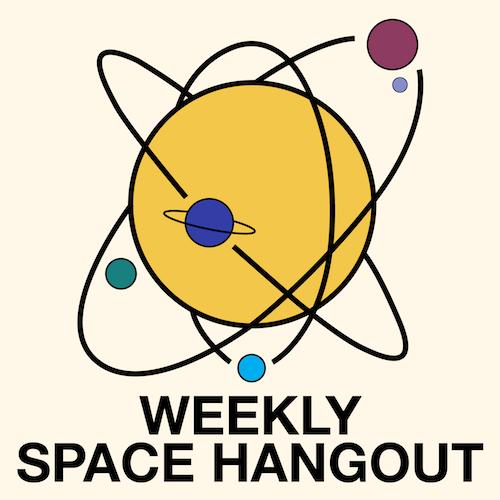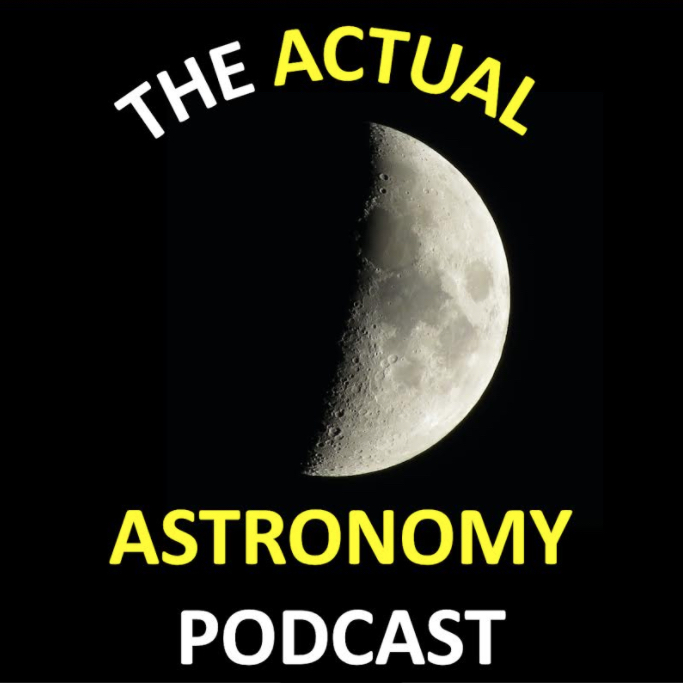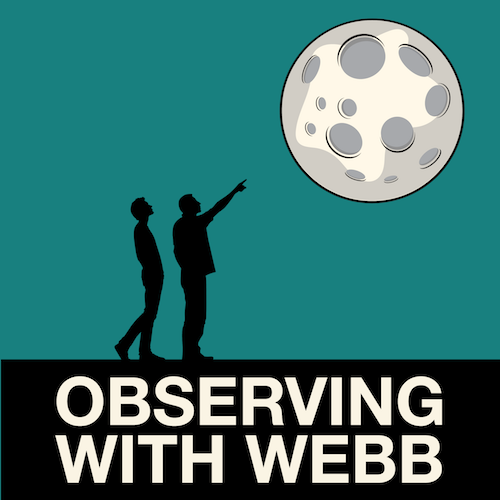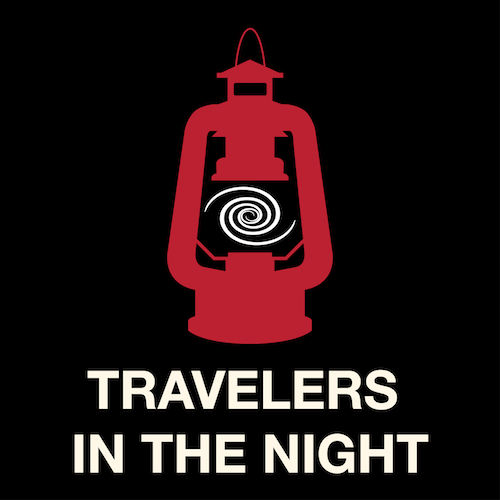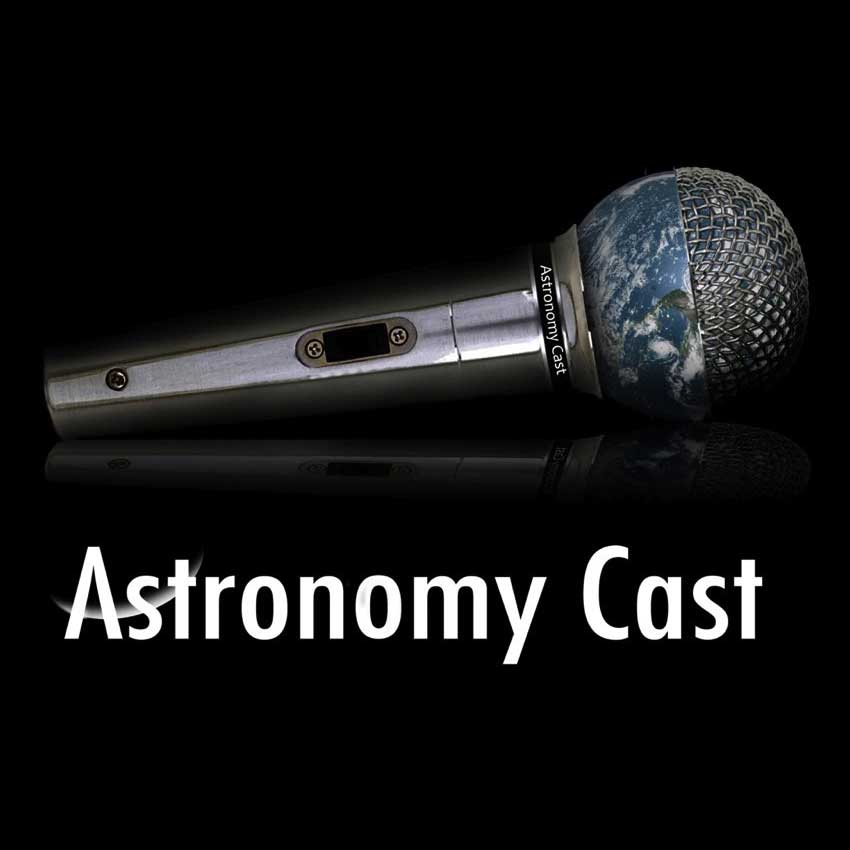Time for news update. Sad news from Arecibo Observatories as it collapse this week, but @WSHCrew also have some news about Chang’e-5 landing on the Moon, Solar Eclipse, Geminid meteor shower, the great conjunction and discussion with Dr. Ingrid Daubar
